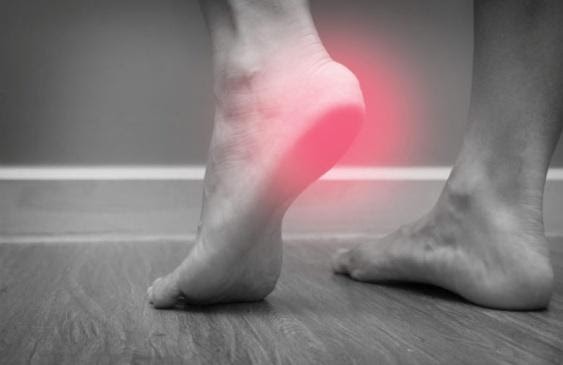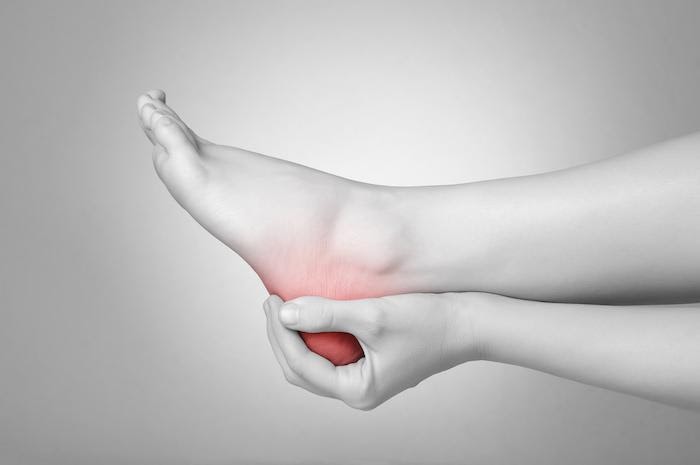Cela ne prévient pas, l’aponévrosité pourrait survenir à tout moment. Atteint de cette pathologie, il est impossible de réaliser normalement les exercices physiques. La vie quotidienne est même possible de passer au tournant. Toutefois, il est possible de s’en débarrasser. Tout d’abord, il convient de comprendre les causes, les symptômes et les manifestations afin de lutter contre l’envahissement de cette maladie.
Comment guérir l’aponévrosité ?
Tout d’abord, rien ne remplace la consultation médicale. Mais en appui, il est nécessaire de comprendre comment guérir l’aponévrosité. Au moins, il est important de comprendre les démarches, par lesquelles le médecin va procéder pour les traitements. Effectivement, cela pourrait prendre un certain temps, mais le fait de savoir au préalable les procédures vous amènera à la patience. Dans les lignes suivantes, on vous donnera des conseils et des astuces naturels pour se débarrasser de l’aponévrosité.
Qu’est-ce-que l’aponévrosité ?
L’aponévrosité est une douleur ressentie sous le pied, ou particulièrement au niveau du talon. On le désigne précisément par aponévrosité plantaire, car elle agit principalement sur le fascia et pourrait atteindre toute la voûte plantaire. Il s’agit d’une douleur incompréhensible. En effet, on croit qu’on a mal au niveau des muscles, pourtant, on ressent également des répercussions par rapport aux os. Cette maladie affecte le mode de vie d’un patient et l’empêche de réaliser aisément ses tâches quotidiennes.
Les causes et les symptômes de l’aponévrosité
Les personnes les plus touchées sont les coureurs à longue distance. Parmi eux, on citera les inconditionnels de la marche, les athlètes amateurs ou confirmés et surtout les individus souffrant d’une malformation.
La douleur est ressentie au niveau du pied. On l’éprouve à la fois à travers les muscles et les os. En effet, il s’agit d’un trouble musculo-squelettique. Le fascia plantaire constitue un appui pour l’ensemble des mouvements du corps. En tout, c’est cette partie qui supporte tout votre poids en position debout. Bien que ce soit une région vigoureuse, elle risque une inflammation. C’est dans ce cas qu’on pare d’une aponévrosité.
Le problème est lié à des contractions. L’aponévrosité est ressentie comme de l’épine calcanéenne. L’extrémité du talon constitue le point d’attaque le plus sensible. Les douleurs sont sensibles d’atteindre toute la voûte plantaire et remontant vers le tendon d’Achille.
Aponévrosité : comment se manifeste-t-elle ?
Les premières douleurs sont remarquées pendant le repos. Vous la ressentez directement au niveau du talon. A ce stade, elle n’est pas assez perceptible et ressentie seulement au moment de la détente après les exercices.
Au moment où la douleur augmente, vous commencerez à la ressentir à chaud. Elle s’étend d’abord sur toute la partie plantaire. Ainsi, vous la percevrait même en phase d’activité.
Par la suite, la douleur, de plus en plus aigüe, commence à être beaucoup plus fréquente. A la phase finale, vous allez la ressentir à tout moment, au repos ou à chaud. A cette étape, vous devez penser à soigner l’aponévrosité en commençant par consulter un médecin spécialiste.
On parle généralement de la personne active et de l’athlète confirmé, toutefois, cette situation pourrait arriver à tout le monde. Même les plus flemmards ne sont pas écartés.
Le traitement de l’apnévrosité en deux étapes
Il ne s’agit surtout pas d’un phénomène incurable. Il est possible de guérir l’aponévrosité. Si la meilleure solution reste la consultation médicale, il est possible de procéder à des traitements naturels par la kinésithérapie et des exercices adaptés. La phase de guérison se fera en deux étapes dont le traitement naturel et la rééducation.
Les premiers traitements
La première étape consiste à entrer dans le processus de guérison. Vous allez vous engager tous les jours.
Le repos est obligatoire. Lorsque vous ressentez la douleur, il ne faut pas insister à faire des mouvements. Respectez le fait que votre corps ne veut pas agir. Sur ce, il convient d’éviter les marches fréquentes et les sports engageant le pied.
Choisissez les chaussures idéales qui vont amortir le poids de votre corps sur vos pieds. Sur ce, il est évident d’éviter les semelles dures. Dans les pharmacies, procurez-en des prothèses qui permettent de soulager votre talon.
Tous les jours, vous allez alléger les douleurs en détendant la voûte plantaire. Faites des massages sur la zone. Consultez un kiné ou bien procédez-en vous-même en enroulant une balle de tennis. Vous pourrez étendre la zone d’action jusqu’à la jambe, la cuisse, et même les fessiers.
Enfin, étirez périodiquement vos muscles au niveau de la cheville. Cette activité durera 3 secondes se fera environ 10 fois par jour pendant une à deux semaines.
La rééducation
A l’étape où vous sentiez que cela s’améliore, vous allez ajouter des exercices physiques en outre de l’étirement. En effet, ce dernier sera renforcé en fréquence.
Par la suite, vous enchaînerez avec des exercices de squats sur une jambe, en alternant les deux. Vous allez commencer avec une durée très courte, puis prolonger jusqu’à 30 secondes. Pendant la journée, ce travail sera réalisé à une dizaine de répétitions.
Enfin, vous allez reprendre vos activités petit à petit. Entamez-le tout par une simple marche, même aux alentours de votre maison. Si la douleur ne s’accentue plus, vous pourrez augmenter progressivement la performance. Faites des marches rapides de 10, de 20, jusqu’à 30 minutes par jour.

Aponévrosité, la zone de douleur

Traitement de l’aponévrosité



